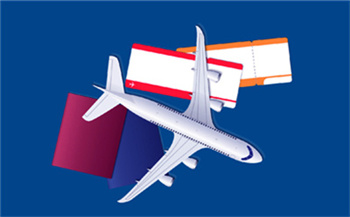 (资料图片仅供参考)
(资料图片仅供参考)
2023年4月29日至6月23日,25个欧洲国家报告了高致病性禽流感(HPAI)疫情的暴发。自5月10日以来,截至2023年7月4日,英国报告了2例甲型H5N1病毒感染的人类病例,中国报告了2例甲型H9N2和1例甲型H5N6病毒感染的人类病例。此外,我国已有1例甲型H3N8感染者死亡。在欧盟/欧洲经济区,一般人群的感染风险被评估为低,职业暴露人群的感染风险为低至中度。部分原文报道如下:
Between 29 April and 23 June 2023, highly pathogenic avian influenza (HPAI) A(H5N1) virus (clade 2.3.4.4b) outbreaks were reported in domestic (98) and wild (634) birds across 25 countries in Europe. A cluster of outbreaks in mulard ducks for foie gras production was concentrated in Southwest France, whereas the overall A(H5N1) situation in poultry in Europe and worldwide has eased. In wild birds, black-headed gulls and several new seabird species, mostly gulls and terns (e.g. sandwich terns), were heavily affected, with increased mortality being observed in both adults and juveniles after hatching. Compared to the same period last year, dead seabirds have been increasingly found inland and not only along European coastlines. As regards mammals, A(H5N1) virus was identified in 24 domestic cats and one caracal in Poland between 10 and 30 June 2023. Affected animals showed neurological and respiratory signs, sometimes mortality, and were widely scattered across nine voivodeships in the country. All cases are genetically closely related and identified viruses cluster with viruses detected in poultry (since October 2022, but now only sporadic) and wild birds (December 2022–January 2023) in the past. Uncertainties still exist around their possible source of infection, with no feline-to-feline or feline-to-human transmission reported so far. Since 10 May 2023 and as of 4 July 2023, two A(H5N1) clade 2.3.4.4b virus detections in humans were reported from the United Kingdom, and two A(H9N2) and one A(H5N6) human infections in China. In addition, one person infected with A(H3N8) in China has died. The risk of infection with currently circulating avian H5 influenza viruses of clade 2.3.4.4b in Europe remains low for the general population in the EU/EEA, low to moderate for occupationally or otherwise exposed people to infected birds or mammals (wild or domesticated).









































 国家航天局:五年内将实施探月四期、行星探测等重大工程
国家航天局:五年内将实施探月四期、行星探测等重大工程
 春节临近数字人民币功能应用再出新
春节临近数字人民币功能应用再出新
 国家航天局:过去五年我国共实施207次发射
国家航天局:过去五年我国共实施207次发射
 国网绍兴供电公司:打造新型有源配电网 保障山区用电可靠
国网绍兴供电公司:打造新型有源配电网 保障山区用电可靠
 本周期累采清洁天然气超10亿方 中国石油新疆油田呼图壁
本周期累采清洁天然气超10亿方 中国石油新疆油田呼图壁



